Cardioresynchronizing therapy
The device for cardioresynchronization (CRT) is an electrocardiostimulator (ECS) that stimulates the work of both ventricles of the heart, the right and the left. The second name of this device is biventricular EX.
Indications
Devices for carrying out cardioresynchronization are necessary for the treatment of severe severe heart failure, when due to irregularities in the synchronicity of contraction of various parts of the heart, the effective expulsion of blood from the cavity of the left ventricle sharply decreases.
A sign of dissynchrony in the work of the heart is the expansion of the QRS complex for more than 120 ms and a decrease in the LV ejection fraction of less than 30%. This is accompanied by a decrease in the tolerance of physical exertion, the appearance of swelling on the legs, shortness of breath.
In some cases, a cardioresynchronizing device with a cardioverter defibrillator (CRT - D) function is implanted in patients with a combination of dissynchrony and life–threatening arrhythmias. These devices feature an electrode in the right ventricle equipped with a shock coil for defibrillation in cases of ventricular tachycardia and ventricular fibrillation in the patient.
Implantation procedure
A distinctive feature of the implantation of cardioresynchronizing devices is the need to insert another ventricular electrode into the heart cavity, which is usually significantly enlarged due to heart failure. This is done by catheterizing the so-called coronary sinus in the right atrium and inserting a left ventricular electrode into the superficial vein of the heart. Then the place of stimulation with the greatest effect of heart rate synchronization is determined — this is the most time-consuming part of the procedure, sometimes taking up to 2-4 hours. During the intervention, it is especially important not to make sudden movements or warn the surgeon in advance that you need to change your body position, cough, etc. After implantation, the patient behaves the same way as with any other implanted device.
Control checks
The frequency of control studies is determined by the attending physician and the surgeon based on the adequacy of the resynchronizing effect on the patient's heart. The effectiveness of the device is periodically monitored by EchoCG and may require repeated visits.
Unfortunately, about 15-20% of patients do not experience clinical improvement in their condition, but even in this case, the device prevents or slows down the further progression of heart failure.
If you have any additional questions, the specialists of the EMC Heart and Vascular Clinic will be happy to answer them.
Doctors

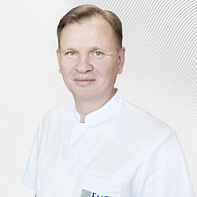
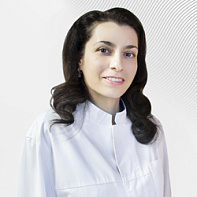
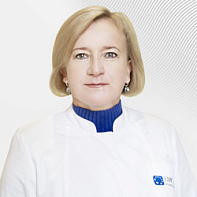
.jpg)
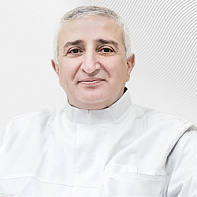
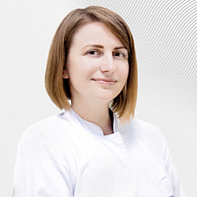
.jpg)
.jpg)
.jpg)
.jpg)
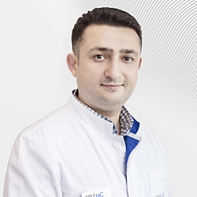

.jpg)

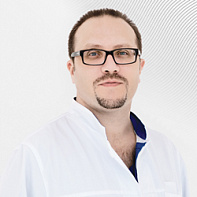
.jpg)
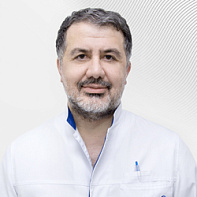
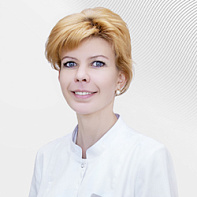
- Specializes in research of the cardiovascular system, including in the framework of surgical vascular pathology, as well as in such pathologies as ACS and oncological cancer
- Field of activity — ultrasound examinations of blood vessels in all regions




